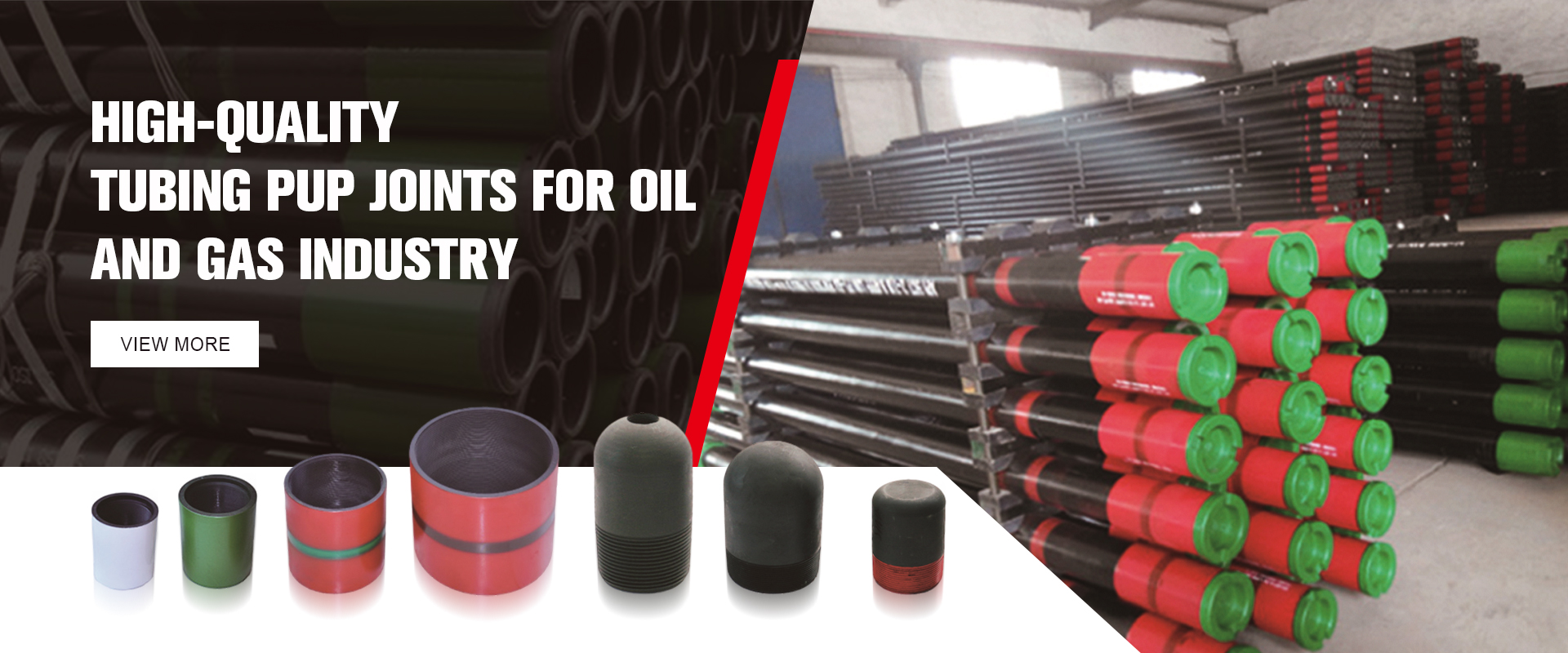- Afrikaans
- Albanian
- Amharic
- Arabic
- Armenian
- Azerbaijani
- Basque
- Belarusian
- Bengali
- Bosnian
- Bulgarian
- Catalan
- Cebuano
- Corsican
- Croatian
- Czech
- Danish
- Dutch
- English
- Esperanto
- Estonian
- Finnish
- French
- Frisian
- Galician
- Georgian
- German
- Greek
- Gujarati
- Haitian Creole
- hausa
- hawaiian
- Hebrew
- Hindi
- Miao
- Hungarian
- Icelandic
- igbo
- Indonesian
- irish
- Italian
- Japanese
- Javanese
- Kannada
- kazakh
- Khmer
- Rwandese
- Korean
- Kurdish
- Kyrgyz
- Lao
- Latin
- Latvian
- Lithuanian
- Luxembourgish
- Macedonian
- Malgashi
- Malay
- Malayalam
- Maltese
- Maori
- Marathi
- Mongolian
- Myanmar
- Nepali
- Norwegian
- Norwegian
- Occitan
- Pashto
- Persian
- Polish
- Portuguese
- Punjabi
- Romanian
- Russian
- Samoan
- Scottish Gaelic
- Serbian
- Sesotho
- Shona
- Sindhi
- Sinhala
- Slovak
- Slovenian
- Somali
- Spanish
- Sundanese
- Swahili
- Swedish
- Tagalog
- Tajik
- Tamil
- Tatar
- Telugu
- Thai
- Turkish
- Turkmen
- Ukrainian
- Urdu
- Uighur
- Uzbek
- Vietnamese
- Welsh
- Bantu
- Yiddish
- Yoruba
- Zulu
coupling blank
Understanding Coupling Blank A Vital Component in Mechanical Design
In the realm of mechanical engineering, the concept of coupling is paramount—especially when discussing coupling blanks. A coupling blank is a crucial component used to connect two shafts, allowing for the transfer of torque and rotation while maintaining alignment and minimizing vibrations. Understanding the intricacies of coupling blanks can significantly enhance the performance and reliability of various mechanical systems.
Coupling blanks are often made from materials such as steel, aluminum, or plastics, chosen based on the specific application’s requirements, including load capacity, environmental conditions, and corrosion resistance. The design of a coupling blank is typically influenced by factors such as the shaft diameter, the amount of torque to be transmitted, and the operational speed. An adequately designed coupling blank ensures efficient operation, prolonging the life of connected components.
There are several types of coupling blanks, including rigid, flexible, and fluid couplings. Rigid coupling blanks are used when the shafts are perfectly aligned and there is no need for any misalignment compensation. They provide a solid connection, transferring power efficiently without any loss. However, they might not be suitable for applications where vibrations or misalignment is present.
On the other hand, flexible coupling blanks are designed to accommodate misalignment between shafts. They utilize materials or configurations that allow slight movement, thus reducing stress on the connected components. This makes flexible couplings ideal for applications in dynamic systems, where vibrations and shifting can occur regularly.
coupling blank

Fluid couplings, another type, employ hydraulic fluid to transmit power between shafts. These are particularly useful in applications requiring high torque transmission with the ability to absorb shock loads. Fluid couplings are commonly found in heavy machinery and automotive applications where sudden loads can be detrimental to intact mechanical systems.
Choosing the right coupling blank for a specific application is critical. Engineers need to consider the operating conditions, including shaft alignment, expected vibrations, and load types. Inadequate selection can lead to premature failure, increased downtime, and costly repairs.
Moreover, proper installation and maintenance are essential for the longevity of coupling blanks. Misalignment or improper installation can lead to excessive wear and tear, resulting in failures. Regular inspections help to identify potential issues before they escalate, ensuring that the coupling remains functional and effective.
In conclusion, coupling blanks are integral to the functionality of many mechanical systems. Their ability to link shafts while accommodating alignment issues and transferring torque efficiently makes them indispensable in various industries. Understanding the types of coupling blanks available and their specific applications empowers engineers and designers to optimize mechanical systems, ensuring efficiency and durability in operations. As technology advances, we can expect innovations in coupling blank designs that enhance performance and adaptability, further expanding their applications in modern engineering solutions.
-
Well Casing Extension Couplings – Applications and InstallationNewsJun.06,2025
-
Types of Crossover Subs in Drilling & CompletionNewsJun.06,2025
-
Key Features of High-Quality Tubing Pup JointsNewsJun.06,2025
-
Installation and Maintenance Tips for Steel Couplings for PipeNewsJun.06,2025
-
How to Select the Right Pup Joint for Oil & Gas OperationsNewsJun.06,2025
-
Applications of Stainless Steel Pipe CouplingsNewsJun.06,2025







